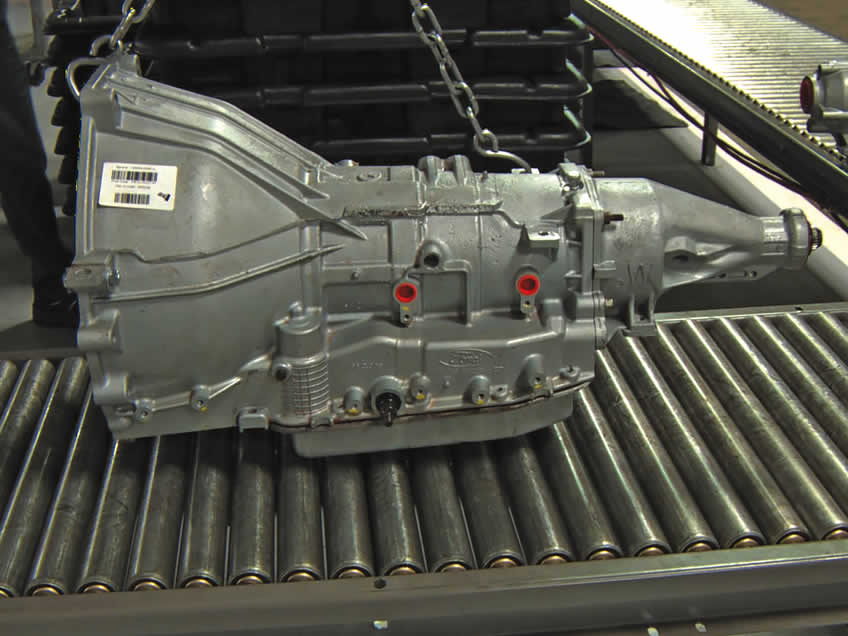Have you heard the argument about manual transmissions vs automatics? Car enthusiasts love to argue endlessly over the superiority of one of the other. Which one offers a better driving experience? Which one allows for faster acceleration?
Lost in the noise is the constant variable transmission. Rising in popularity, the CVT is gaining traction among manufacturers as it offers benefits that the other two options can't match.
To learn more about CVT transmissions pros and cons, as well as how they work, keep reading.
Always in the Right Gear
In the early days of engine development, it was realized that adding different gear ratios allowed a greater range of torque. Engines could produce more power at lower speeds.
A transmission was added to allow the driver to select the right gear for power output. Slow speeds were achieved at lower gears, and higher speeds were paired to higher gears. A manual stickshift was the original way to select these gears.
Over time, automatic transmission technology advanced. Onboard computers would change gears based on the engines power band. If the revs were too low, it would downshift. If the engine spun too quickly, it would upshift.
As automatics became quicker and more efficient, they began to dominate the marketplace. The convenience they offered was inarguable, as drivers no longer needed to balance the clutch with the accelerator to keep from stalling.
Enthusiasts often argue that automating the transmission has lessened the driving experience. Instead of being dialed into the engine's performance, drivers can now trust the vehicle to select the correct gear itself.
Manufacturers have especially taken to this concept with fuel efficiency being a major focus. Being able to dictate where an engine sits in its powerband allows engineers to get better fuel mileage from their vehicles.
Available in commercial vehicles since 1989, CVTs took this idea a step further. Instead of changing gears, they eliminated the need for gears altogether.
How CVTs Work
Instead of a series of gears, with a transmission to select between them, CVTs feature a unique approach. They use pulleys that feature a variable-width and are connected by a belt.
One pulley runs from the engine, the other to the wheels. As one pully increases in size, the other gets smaller, keeping the engine spinning in its ideal range.
CVT Pros
Because CVTs allow the engine to stay within a defined range, engines are more fuel-efficient. Conventional transmissions can't offer that, as they need a larger powerband. CVTs don't have the high-revs that acceleration demands of a gear-based automatic.
As well, since the vehicle doesn't need to change gears, the driving experience is smoother. Switching between gears creates a disruption in the engine's performance. This causes a noticeable sensation that CVTs don't.
Another major benefit to CVTs is that they're much less complex, mechanically. They need fewer parts, meaning they're cheaper to manufacture and lighter in weight. They also offer fewer points of failure as they aren't as sophisticated as automatics.
CVT Cons
Reading through the above, you might be wondering why not all cars have switched to CVTs. The truth is, though, that they do still offer some challenges that can make them less desirable to buyers.
First of all, despite their relatively simple design, they can still be expensive to repair. That's because, if there is an issue, often the entire case needs to be replaced.
Because the pulleys are connected to the engine, they're under a lot of stress. Too much torque and the belt can slip, causing the wheels to lose power. This can lead to deterioration of the belt or chain can be damaged, the transmission fluid can be contaminated by the debris.
As for the driving experience, many find it an odd experience as the sensation is different than that in other cars. Since the engine spins at a more consistent speed, the engine note doesn't vary, making it difficult to feel the engine's performance.
Another complaint is that the transmission can take a moment to respond when starting from a standstill. That's because the CVT needs to adjust to the engine before sending power to the wheels.
What to Look for
If you're considering a vehicle with a CVT, it's important to know what to look for.
The first thing to do is to switch between drive, park, and reverse. Look for any hesitation between changes and take note if it takes time for the transmission to reengage.
Drive at various speeds and listen for any undesirable noises. Squeaks or rattles should be noted, as should any losses in power. Also, bring the vehicle to a steady speed and watch for variations in the engine revs.
Any jerkiness or power loss is cause for concern. You should expect that the CVT is smooth and unnoticeable. Abruptness, inconsistencies, and abnormal noises are all warning signs.
CVTs vs Automatic Transmissions
The question is, then, should you choose a CVT or an automatic? Manual transmissions aren't really an option anymore, with only 20% of cars offering a stick in 2018.
Corporate average fuel economy (CAFE) standards getting stricter. Many automatics are now featuring eight or even nine gear transmissions to achieve these targets. This is to help keep the engine in its most efficient range.
That means that modern automatics are constantly changing gears to accommodate the engines speed. This can lead to a jerky ride as the vehicle struggles to find the right gear, based on driving conditions.
CVTs, however, are improving with each generation. Different manufacturers are taking different approaches to manage higher torque without slipping. As well, some companies are including shift-modes that allow the driver to choose the right "gear." These modes allow the driver to manipulate the CVT to allow for higher revs.
Final Thoughts on CVT Transmissions Pros and Cons
The constant variable transmission offers a clear benefit over automatics. It's a more efficient way of managing an engine's fuel economy while getting the most power. Engineers can move past the limitations of gear-based transmissions.
If you're wondering if a CVT is right for your next vehicle, the best thing you can do is drive one. Knowing the CVT transmissions pros and cons is the first step. Comparing one with an automatic will let you know if it's something that you're willing to adapt to or not. That is if you even notice it.










